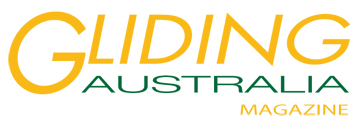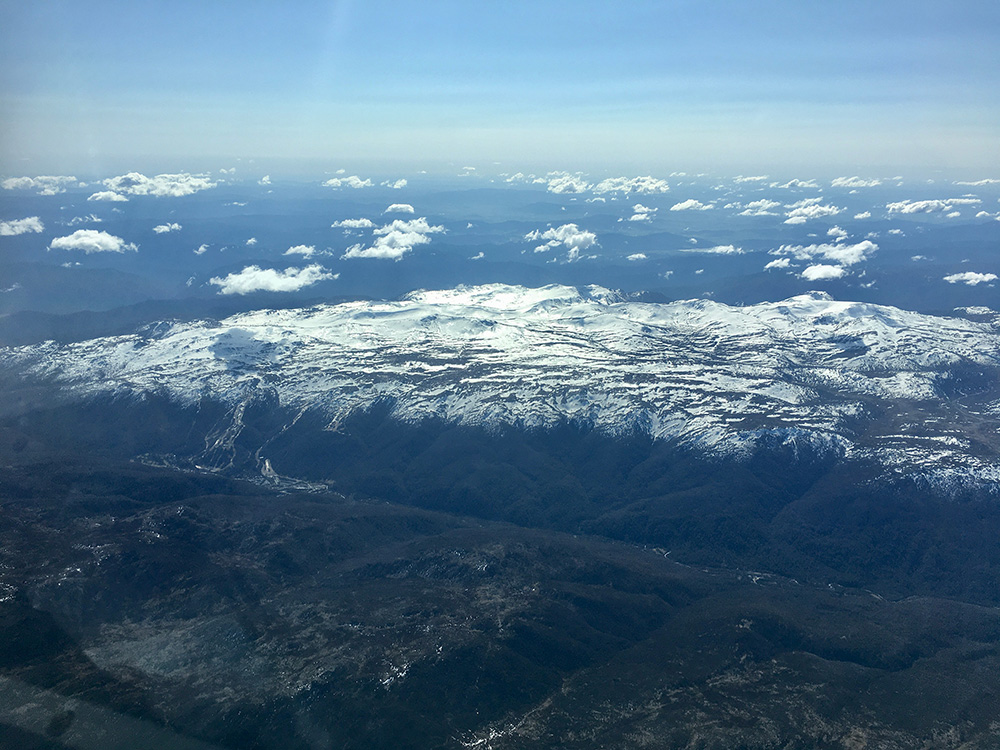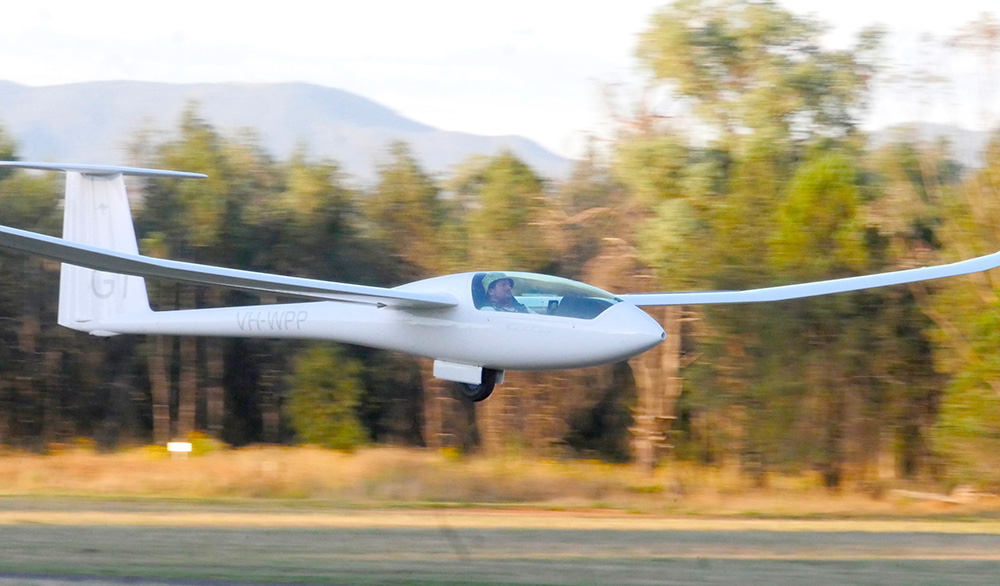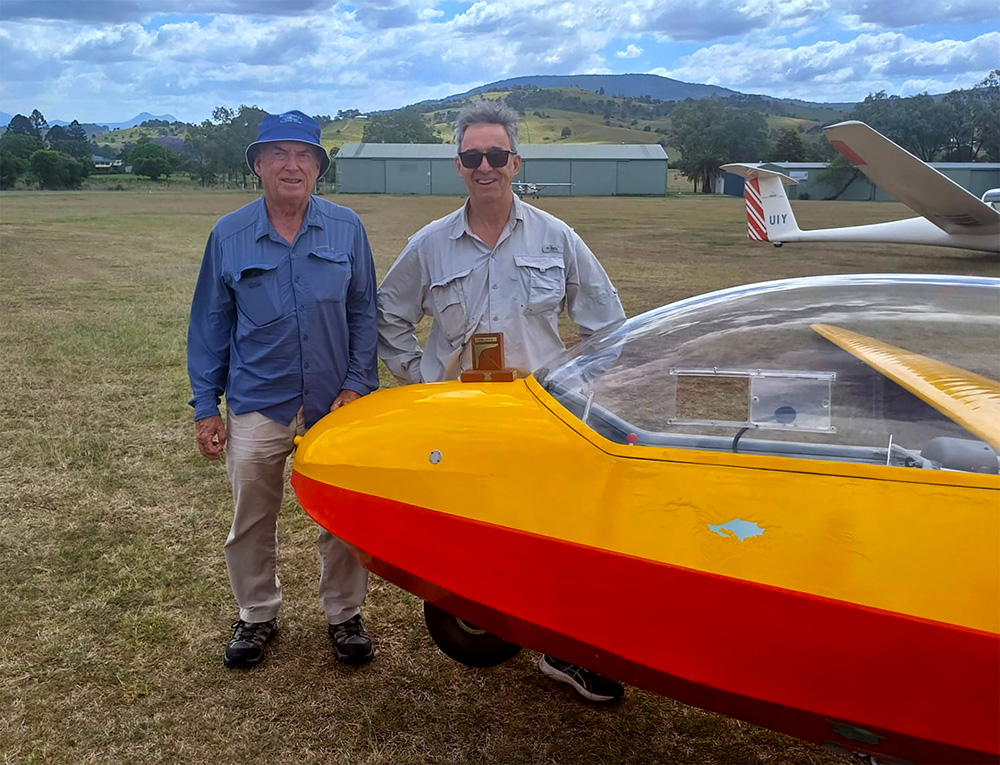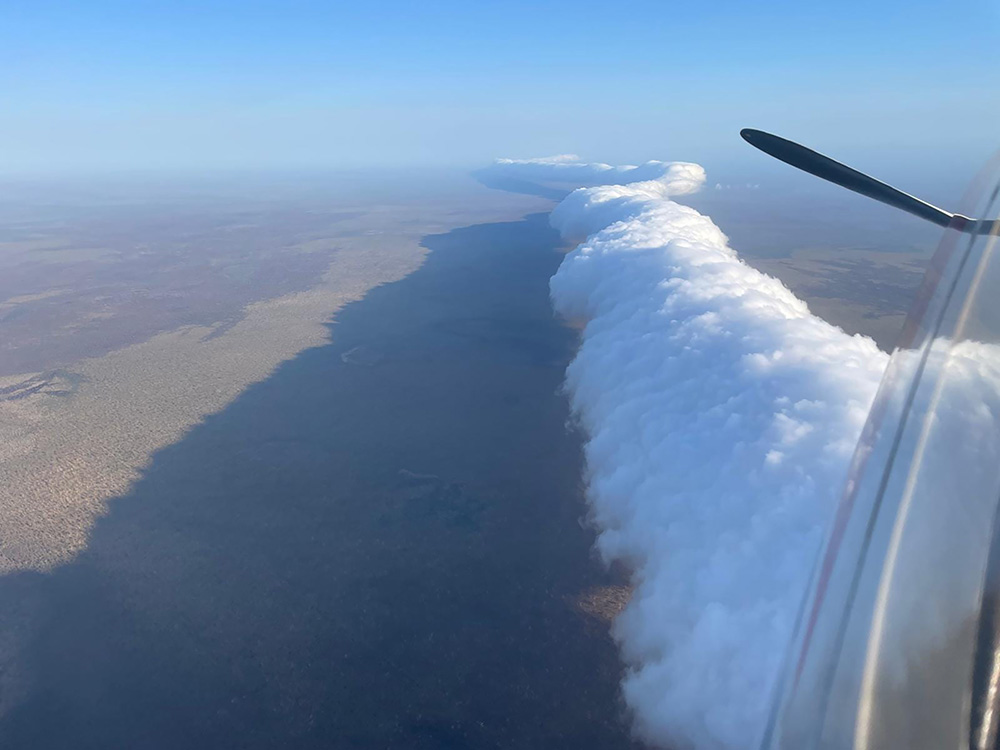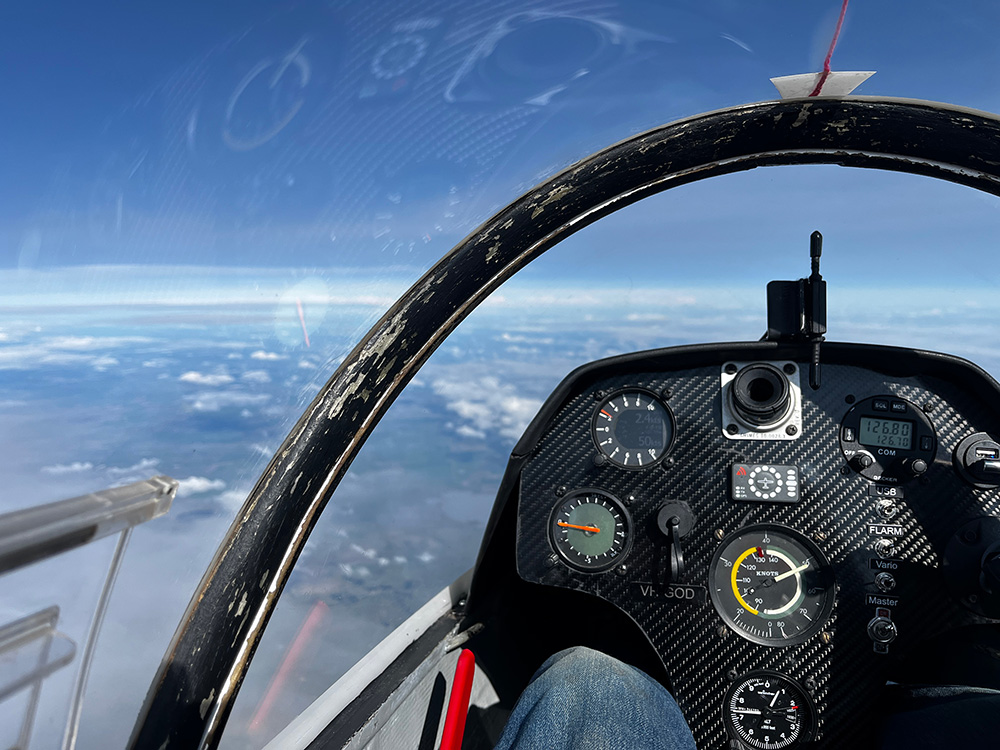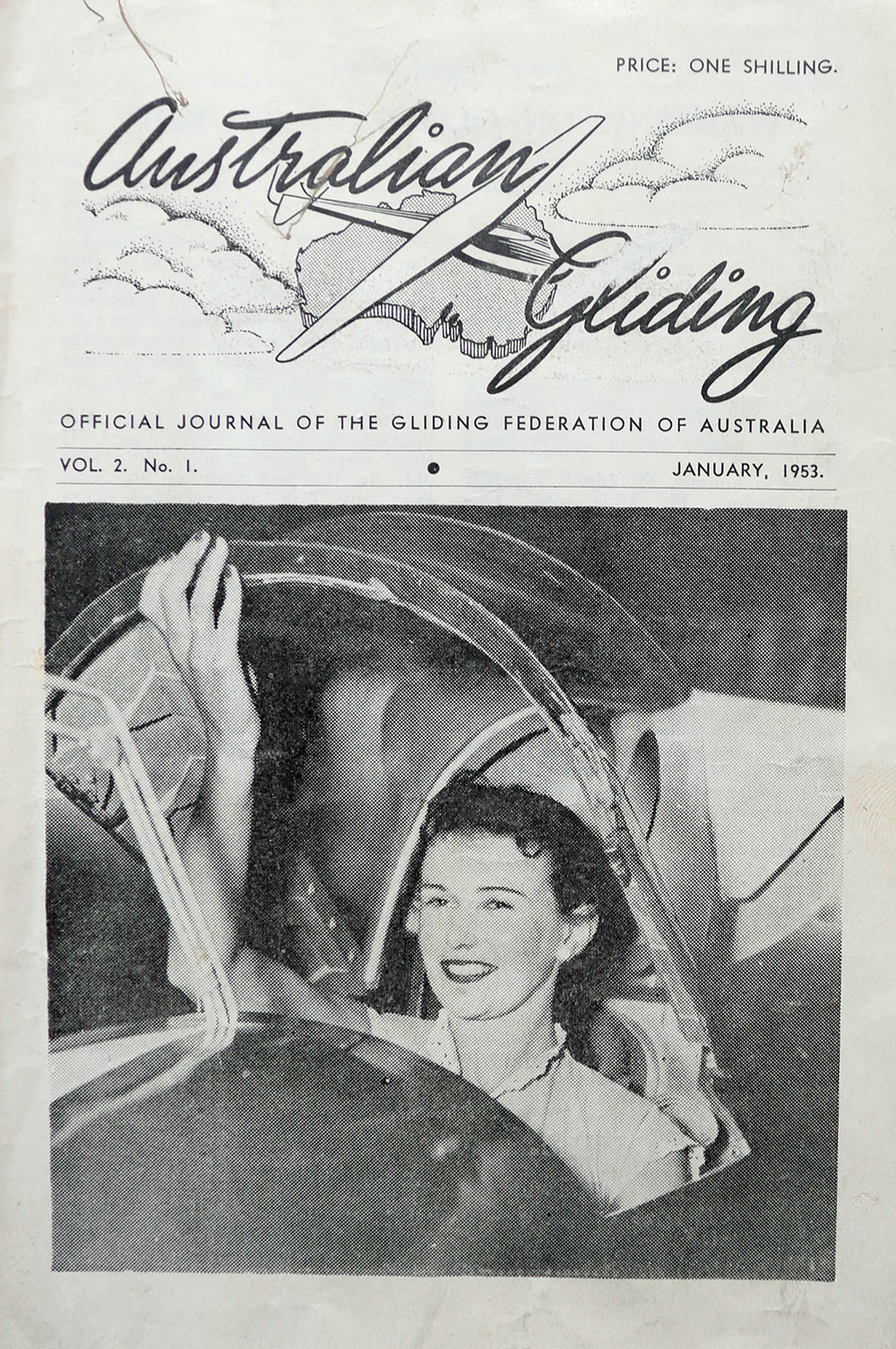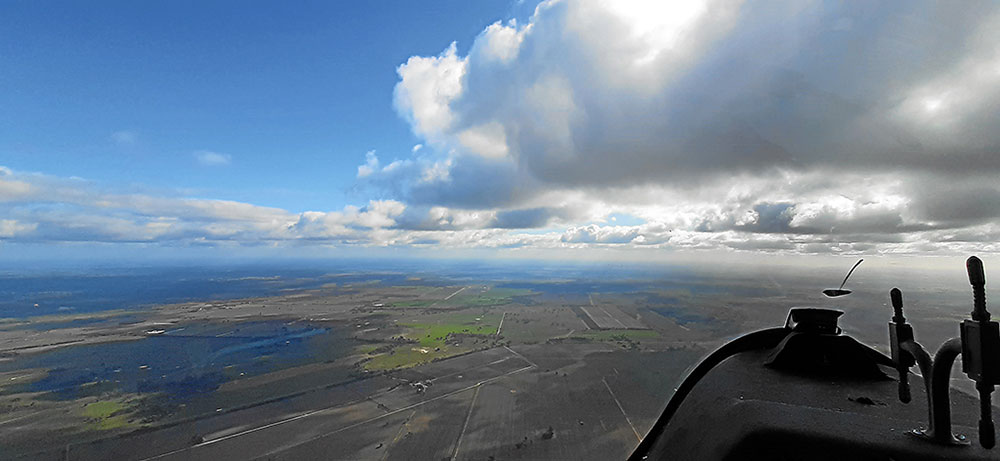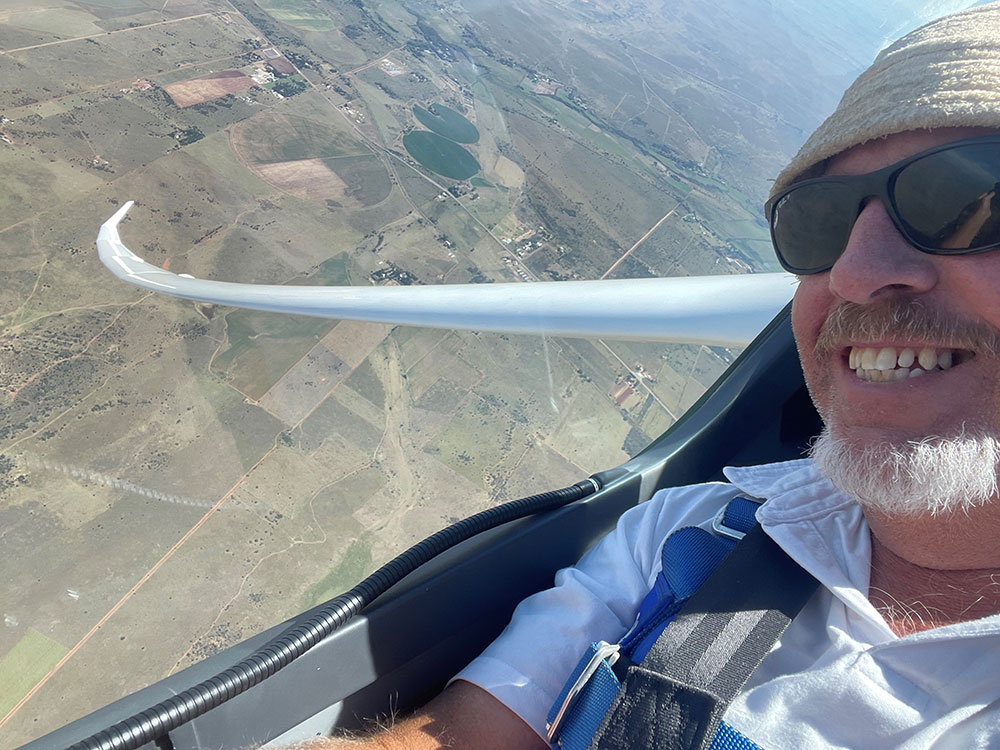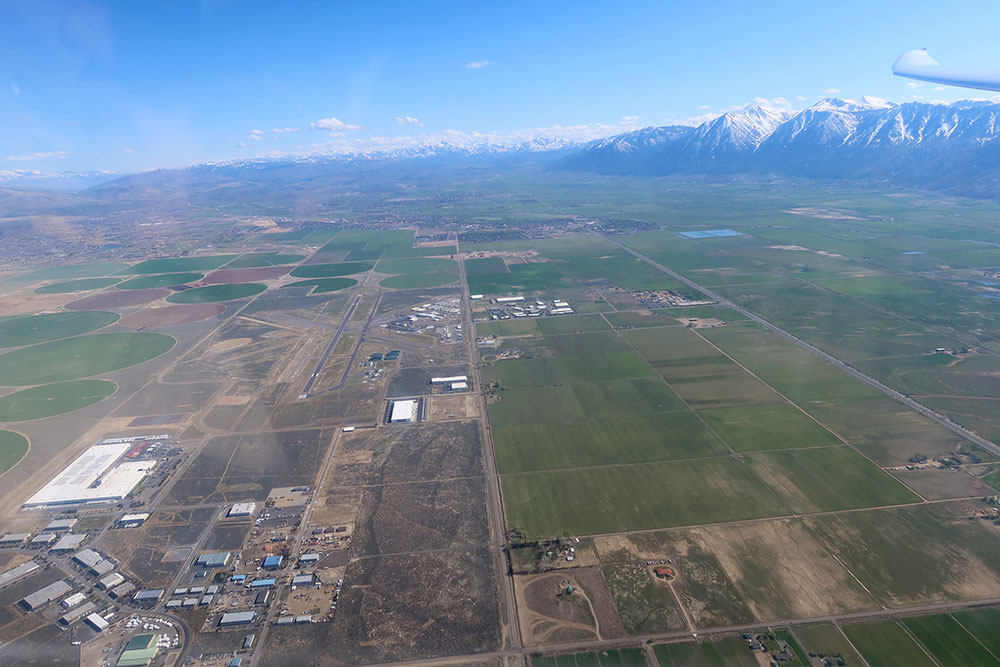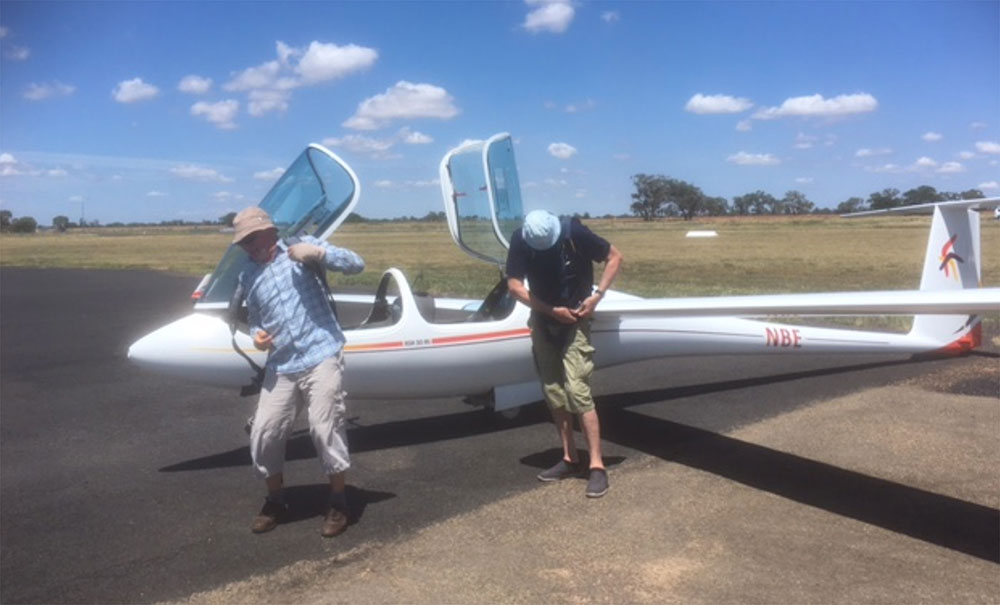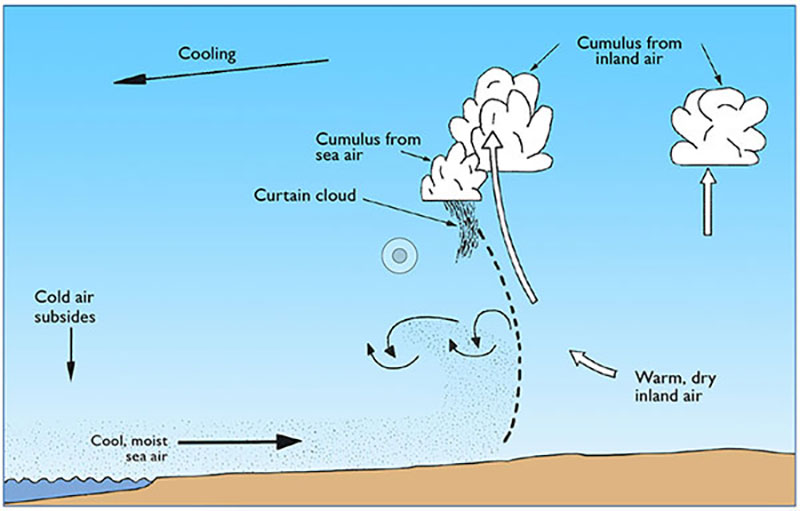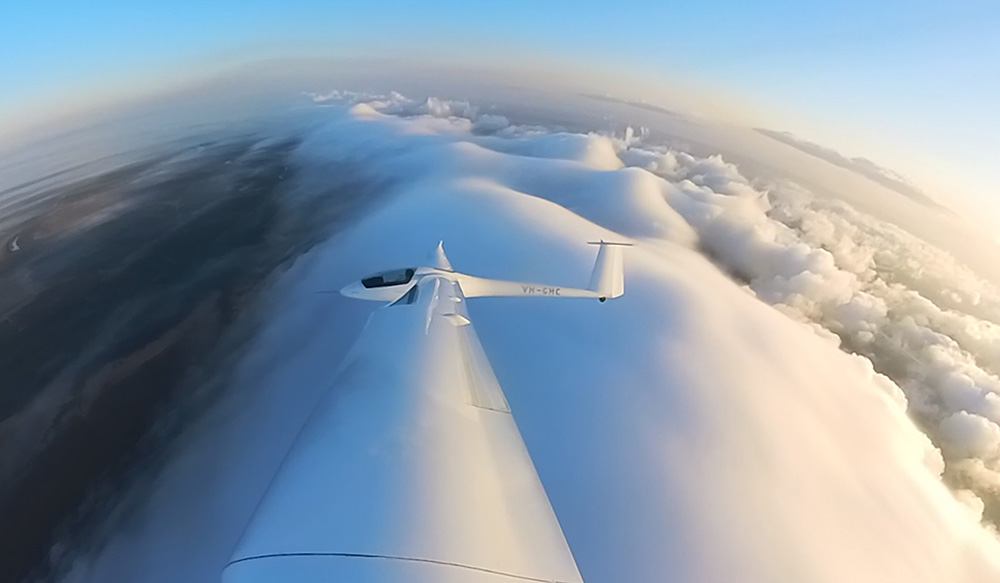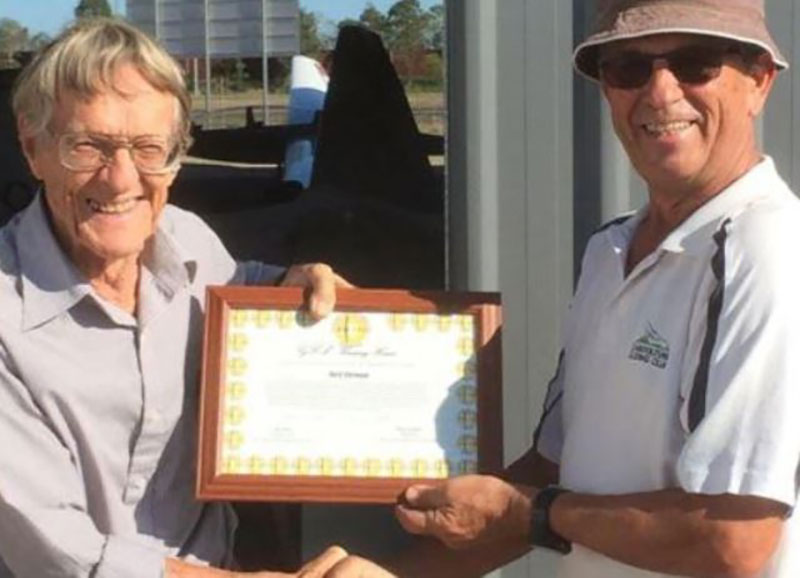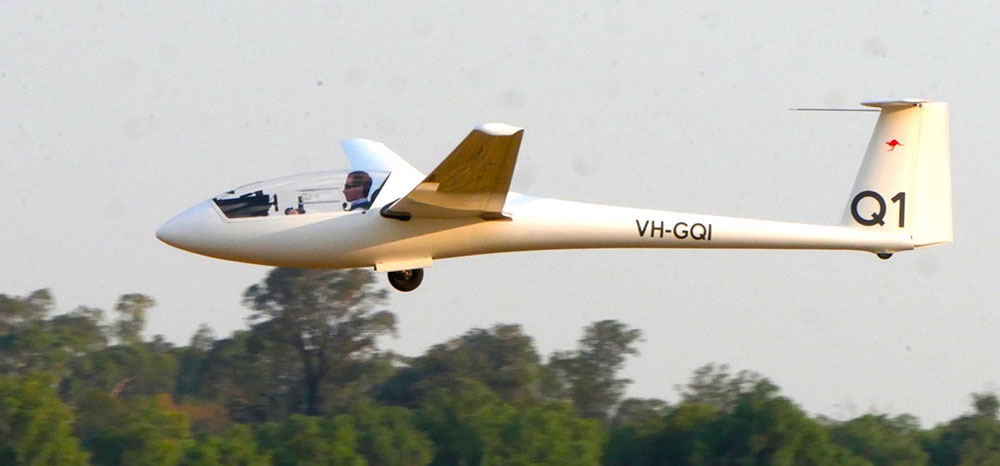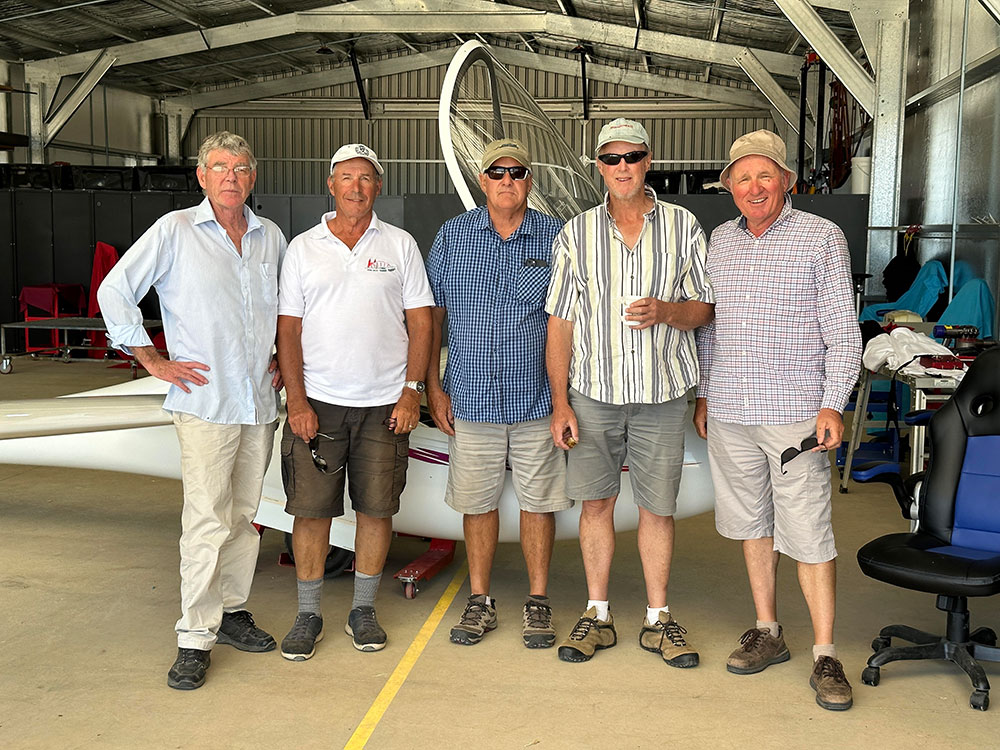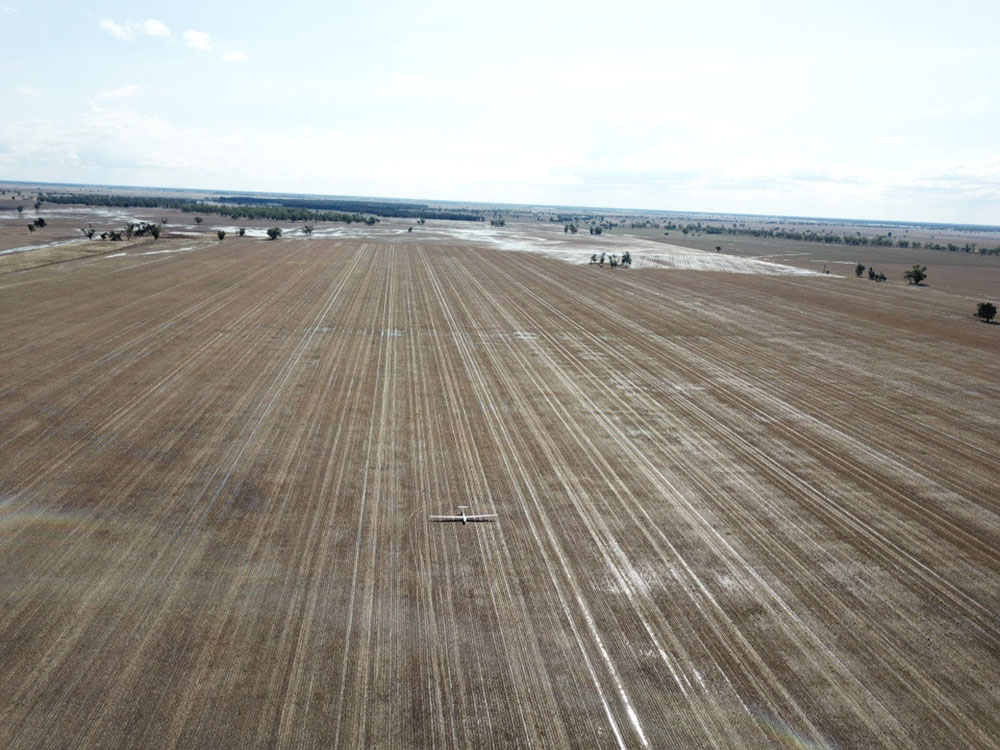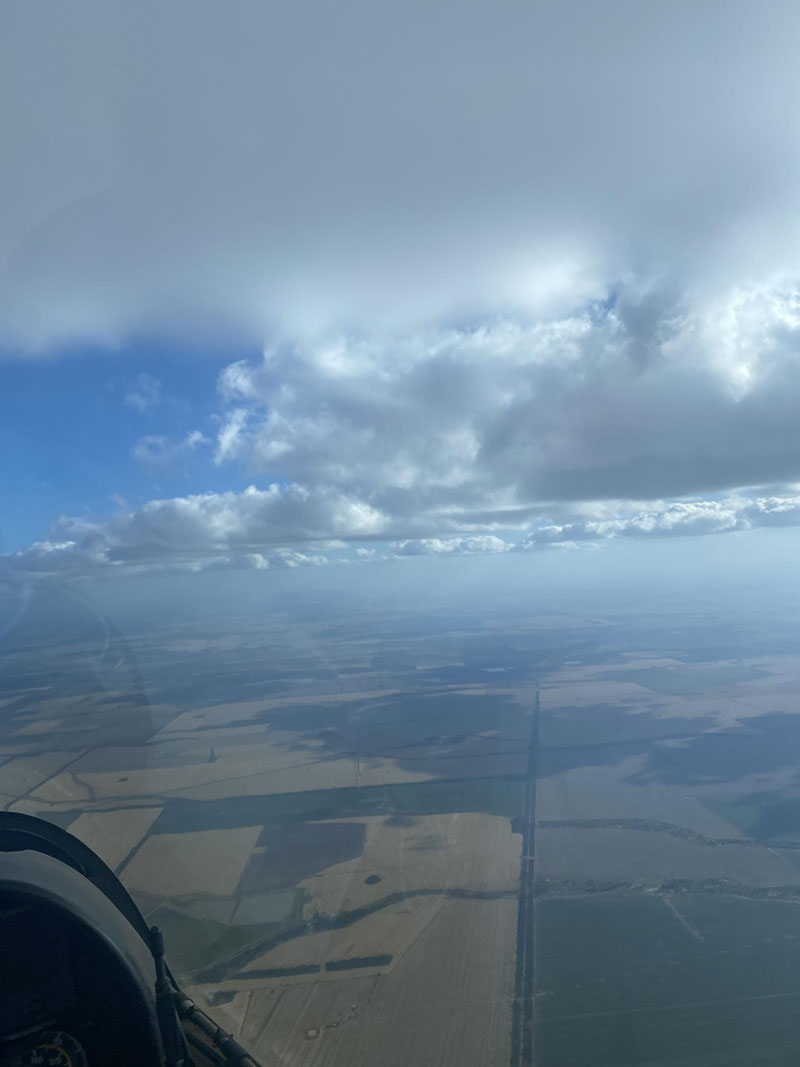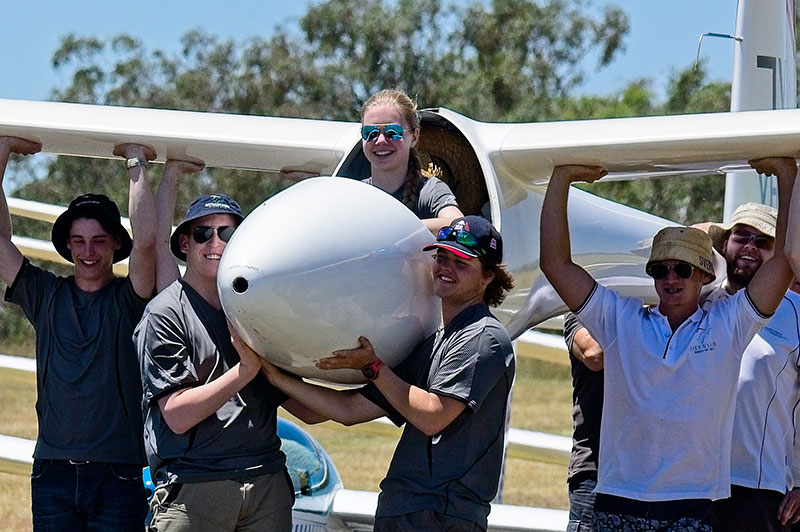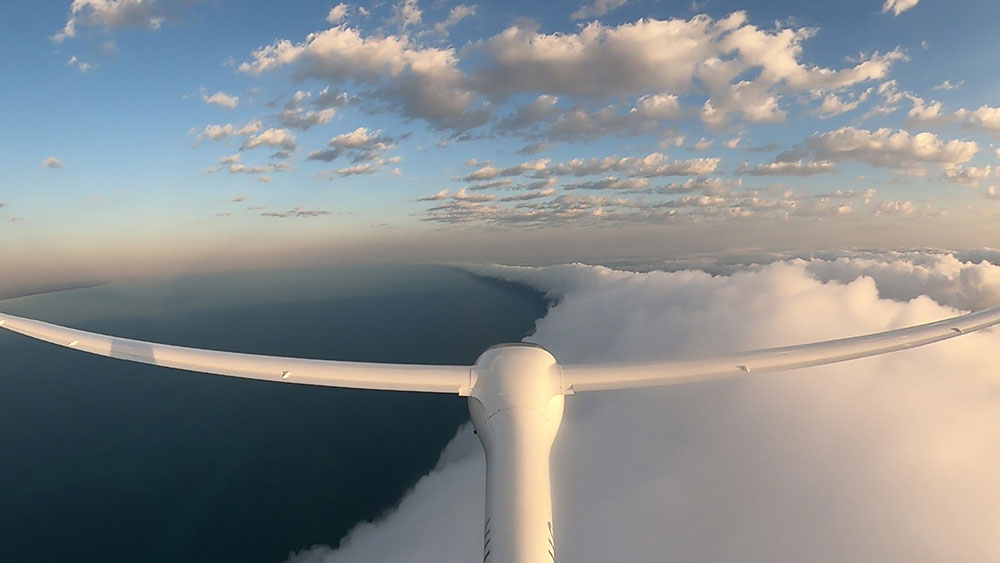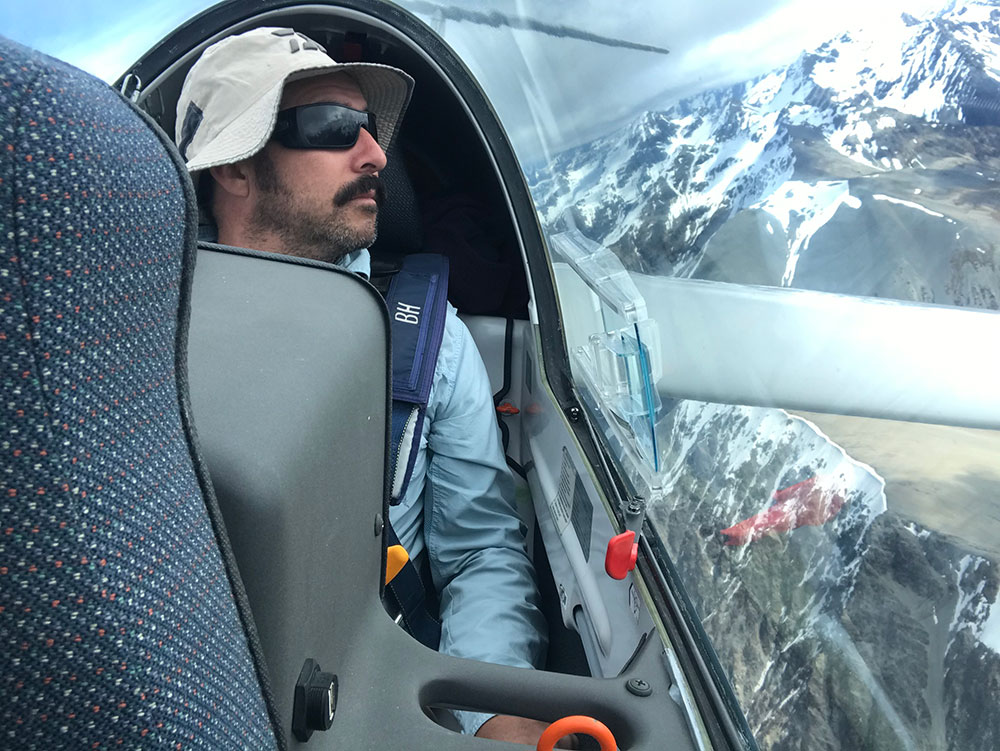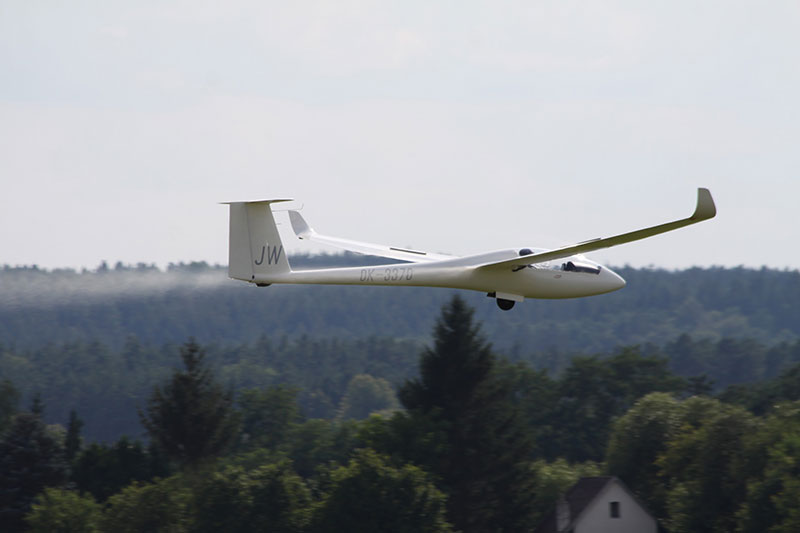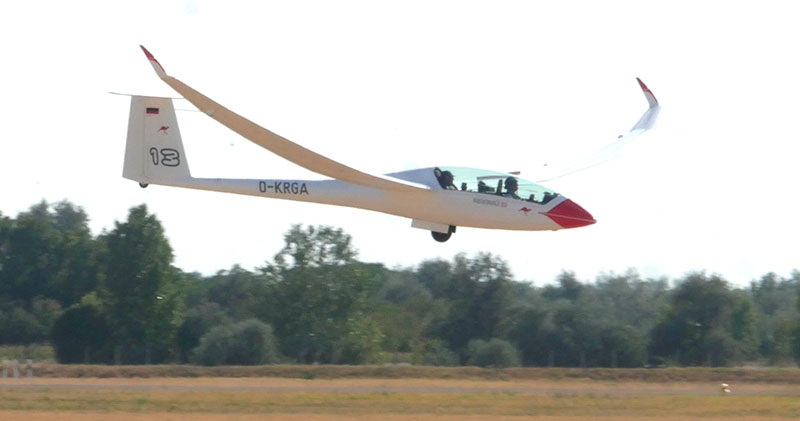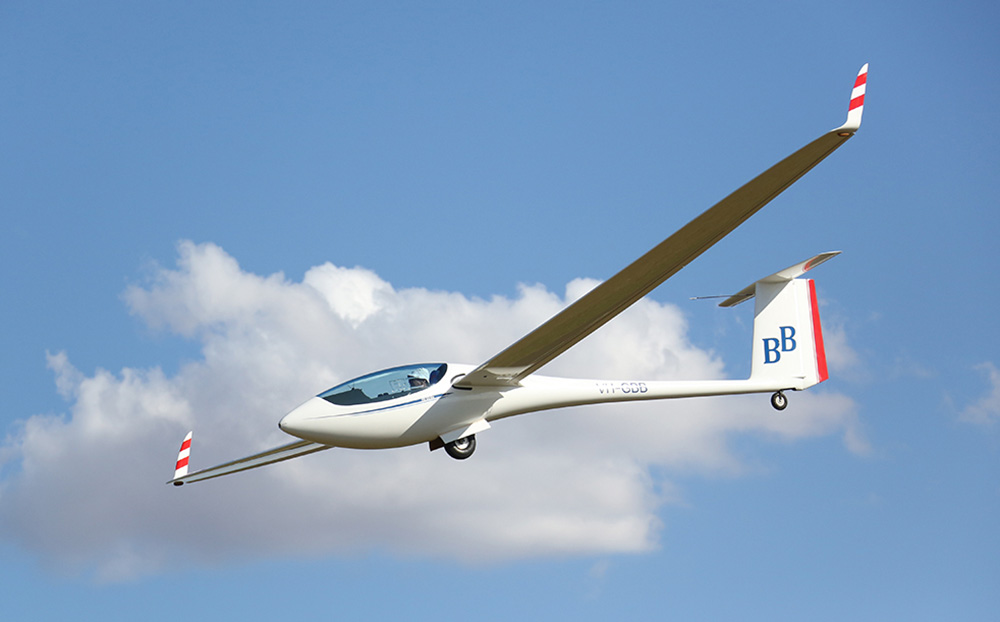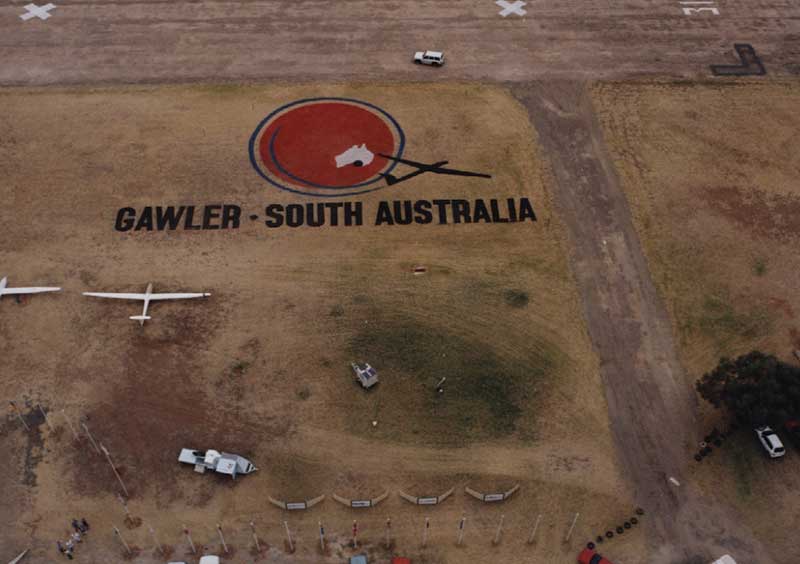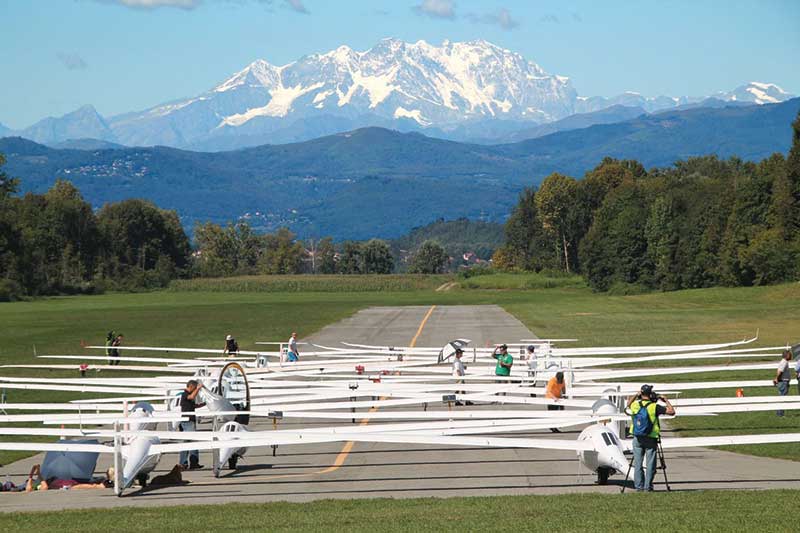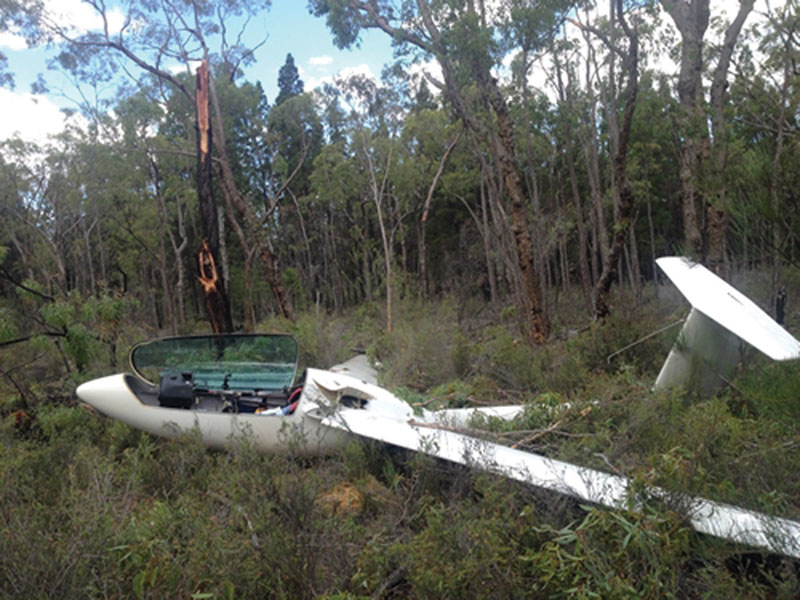
Reading the details of an insurance policy is just about as exciting as delving into a dictionary – a pretty ordinary story line, not recommended bedtime reading. But like a dictionary, it’s occasionally necessary. The details of an insurance policy can be bit confronting and insurance policies have a lousy reputation for clarity, so most of us rely on qualified brokers to interpret a policy for us. But an understanding of the following will hopefully make things a bit easier for you.
Managing Risk
Insurance policies are all about risk, and the management of risk. I’d like a penny for every time I’ve heard someone express concern about “losing the house” over a claim for an accident. The reality is that the possibility of this ever happening is extremely low, and never likely to happen to you or me. How many people have you ever heard of being sued for everything they own? The reality is that lawyers will likely go after the very rich, corporations, government bodies or individuals/organisations with comprehensive insurance to protect against their liabilities. Nevertheless, there is always the remote possibility that a claim is brought against us, and therefore we must arrange appropriate aviation insurance for these potential liability claims.
So, what are the most likely risks associated with gliding?
Firstly, and most likely is the risk of total loss or significant damage to your glider in an accident. The risk is you lose the value of your glider. The risk is limited to the value of your glider.
Then there is the possibility you or your glider cause damage to the property of a third party - you drive a vehicle or tow your glider into someone else’s glider or motor vehicle, or land in a farmer’s crop, damage his fencing, or countless other possible damage scenarios. The risk is you are responsible to pay for the damage you cause. It’s hard to imagine this cost running into the $millions, but if you’re responsible for the destruction of another glider, it could be some hundreds of $thousands.
The principal risk however is that you are responsible for causing bodily injury to a passenger or third party. One can imagine some horrifying situations leading to personal incapacitation or death. Damages awarded to a passenger, or third party could be very substantial. A glider pilot or club responsible for an accident of this nature could be liable for damages awarded to the injured party.
Clubs also have a duty of care for people and goods within their place of operations – the risk for the club is that visitors may sustain injuries, property may sustain damage, for which the club may be liable.
Gliding Clubs also have property and possessions which are at risk of fire, storm damage, burglary – hangars, solar systems, offices, and contents.
Liability
This is the word that causes most misunderstanding and gives rise to many queries from pilots and club treasurers. Liability insurance is to cover loss or damage to a third party or third party bodily injury for which you are deemed liable. It is the damages to a third party, for which you are held responsible. You cannot sue yourself for injuries you cause yourself.
An Instructor may be held responsible for a passenger/student, a maintenance inspector may be held responsible for an accident caused by faulty workmanship, a pilot may be held responsible for a collision causing damage to another glider (but not for damage to his/her own glider), a club may be held responsible for safety of visitors to their airfield, or for a third party’s property at the airfield. In each of these instances the responsible person/organisation is liable to remedy the damage. This is what “Liability Insurance” covers.
How much liability insurance do we need? You probably won’t find anyone prepared to give you a definitive answer to this question (and I certainly can’t). The answer all depends on your assessment of the risk. Local Government councils, who own airports are particularly risk averse and in most instances are insisting on clubs insuring for not less than $10mill and often $20mill. If you were responsible for the permanent incapacity of a highly qualified professional person, it’s not hard to imagine a damages award in the $millions. At the other extreme, if you only ever fly at remote locations over uninhabited country the risk would be much less.
The Elements of an Insurance Policy
Most insurance policies are written as two distinct sections –
The “Policy”, which normally includes
• Description of the types of risk included in the cover
• Optional inclusions
• Definitions – important to read and understand the meaning of these special words quoted in the policy
• Exclusions – those risks specifically excluded, (General exclusions like Nuclear war, asbestos injury, terrorism, etc – but some are specific to certain operations).
and a “Schedule” which defines
• “The Insured”, Insured persons, Additional Insured
• Scope of cover, Details of coverage - geographical limits, policy options included
• Period of cover
• Limit of Indemnity, Extent of Cover – value of insured cover
• Policy Excess or “deductible” – amount payable by the insured for any claim.
Policy documents also include a lot of other general blurb – protection of privacy, guidelines for making claims, claims notifications, duty of disclosure notices, complaints and dispute resolution, and references to insurance codes of practice. Important, but not critical info for understanding the guts, which is who is covered, and for what?
When reading a policy you need to concentrate on –
• Who is insured – “the Insured” (in the Schedule and Definitions)
• The Scope – where, limiting circumstances
• What risks are covered (Schedule, Scope and Policy)
• Definitions – qualifies some important terms (i.e. “The Insured”, “Aircraft”)
• The dollar limit of coverage (in the Schedule)
• The Excess (in the Schedule)
• Exclusions.
The Gliding Australia Insurance Policies
GAus carries insurance to protect the officers and employees of the GAus organisation. Insurance cover for individual members and clubs is the individual responsibility of each member/organisation. However, as a service to the membership, GAus purchases some insurance which extends coverage to the State Regional Associations and the general membership of GAus, and these policies provide a very real saving to individual members, clubs and glider owners.
Copies of the GAus policies are available for all members to peruse on the GAus website. See Docs and Forms/Administration/GAus Insurance. For some of the policies the Schedule and Policy are separate documents, and both need to be consulted.
Note: As with many bureaucratic organisations, insurance companies are normally slow releasing updated documents. If the current year’s folder on the GAus website doesn’t include the policy you’re looking for, the terms and conditions normally don’t change from year to year. Check the prior year folder.
Gliding Australia Broad Based Liability (BBL) Policy
This policy provides liability cover for up to $1mill. The Schedule states:
“Insured
The Gliding Federation of Australia Inc. and/or Affiliated Associations and/or Clubs and/or their individual financial Members for their respective rights and interests.
Deductible
AUD $1,000 each and every loss in respect of Property Damage Claims”
Risk covered is defined in the Policy Section 1: Coverage
“1. The Insurers agree to pay on behalf of the Insured all sums which the Insured shall become legally obligated to pay as compensatory damages because of bodily injury at any time resulting therefrom, sustained to any person, including passengers … or because of property damage, caused by an accident and arising out of all gliding activities including but not limited to:
(i) The ownership, maintenance or use of Aircraft;
(ii) Gliding displays and/or events (competitive or otherwise);
(iii) Airport operator and/or hangar keeper activities; and
(iv) Gliding club activities”
These two extracts are “the guts” of the BBL – there are many more words and qualifiers which are worth reading for added clarity.
This is a “catch all” policy which provides liability cover for up to $10mill for GAus and Volunteer Club officers working in authorised roles. The actual wording:
“Insured:
The Gliding Federation of Australia Inc.
Additional Insured:
Affiliated Clubs of the Gliding Federation of Australia, authorised officers and/or individual instructors, Airworthiness Inspectors, Tug Pilots, Airworthiness Inspectors including Ground Crew/Staff, Sporting Coaches and any Owner/Operator of the aircraft used directly in relation to Certification and/or Flying Instruction or activities of Instructors/Inspectors, for their respective rights and interests.”
Section 1 Coverage specifies that the policy covers liability for bodily injury and property damage “… caused by an Occurrence resulting in an Accident involving Sailplanes and/or Gliders and/or Motor Gliders and/or Glider Tugs and arising out of any and all activities and/or responsibilities of the Insured regarding Airworthiness Certification and/or Flying Instruction and/or other activities of the Insured’s Instructors, Sporting Coaches, Inspectors and/or Glider Tug Pilots whilst on duty including whilst flying in any aircraft mentioned above.
Cover afforded to Inspectors is extended only for work on and/or certification of aircraft (excluding their own) whilst working as employees of the Insured, or on a voluntary, or purely cost recovery basis only.
GAus inspectors who are not employees of the Insured (including Approved Maintenance Organisations) who are engaged in airworthiness activities for hire and/or reward are not covered.
The excess deductible for property damage claims is $1000.
Hangar Keeper Liability (HKL) policies
HKL policies are used by the GAUS and Clubs to cover the organisations and their officers for the risk of liability claims arising from their normal course of business – operating the club, ground operations, running competitions, conducting passenger flights, winch launching gliders etc.
The premises liability cover provides for damage or injury (Section 1 of the policy):
“(a) In or about the premises specified in the Schedule, as a direct result of the services granted by the insured.
(b) Elsewhere in the course of any work or of the performance of any duties carried out by the Insured or his employees in connection with the business or operations specified in the Schedule caused by the fault or negligence of the Insured or any of his employees engaged in the Insured’s business or by any defect in the Insured’s premises, ways, works, machinery or plant used in the Insured’s business.”
Section 2 of the policy, Hangar Keepers Liability, provides cover for claims for damage of property (not owned by the insured) in the care of the insured, and
Section 3 Products Liability, for claims from aircraft maintenance, sales or repairs.
Gliding Australia Administration HKL Policy
The Insured are GAus, Affiliated State Gliding Associations and GAus Subsidiary Companies. This policy for $10mill (section 1 of the HKL policy only) is for liability for Property Damage or Bodily Injury “… arising out of Gliding Administration (including in respect of gliding competitions) in accordance with the objects stated in the Memorandum and Articles of the Association”.
Club Group HKL Policies
GAus has arranged a consolidated group policy which individual clubs can join. The base policy provides insurance of:
• $10mill Premises Liability, Section (1) risk - accident insurance for property damage and bodily injury,
• $500,000 Hangar Keepers Liability, Section (2) risk – property in care of the insured
• $1mill Products Liability, Section (3) – covers voluntary maintenance work
Individual clubs can vary the premises liability where required by aerodrome owners – a number of clubs have $20mill, and in one case $30mill.
The Insured is GAus and subsidiary companies. Additional insured being Affiliated State Associations and a list of Clubs participating in the policy.
This is a club responsibility, and clubs separately purchase a subscription to this group policy.
“The Insured” includes all Officials.
An important DEFINITION common to the above liability policies (BBL, HKL and Contingent policies) is the clause which means that insurance carried by Clubs and Associations extends coverage to staff and volunteer officers of the organisation. The actual clause reads:
“Insured means the Insured named in the Schedule and includes any directors, employees, partners or agents of the Insured whilst acting in the scope of their duties.”
Gliding Australia Associations Liability Policy
Commonly known as Directors Liability, this policy is designed for Not-For-Profit Associations and provides liability cover for the Association and its directors, employees and officers for damages arising from a wide range of Wrongful Acts, Employment Practice Breach, Trustee Breach, Dishonest Acts and includes cover for other costs including for Taxation Audits and Legal Defence.
The Insured is GAus and includes the Affiliated State Associations and Clubs.
Limit of indemnity is $10mill. Deductible excess dependent on type of claim – from $1000 to $5000
Glider Insurance Policies – Clubs and Private Owners
If your glider is damaged by another pilot/aircraft you may claim damages from that person/party, and their liability cover may pay for your damage. However, most glider damage is self-inflicted, for which you may purchase glider hull insurance.
If you happen to be the one causing damage or injury to a third party, you’ll be liable for their compensation. Up to $1mill of this liability can be claimed from the GAus BBL policy – beyond that, you’ll need your own liability insurance, which can be purchased as part of your glider insurance policy. Typically, $3, 5, 10 million – whatever makes you feel comfortable. Depends a lot on the risk situations your glider is exposed to. E.G., Flying over built up areas with concentrated populations your risk is higher.
The deductible excess payable by you for a property damage claim on the BBL policy is $1000.
This insurance is the separate responsibility of the glider owner/operator.
Tug Insurance – Clubs
Tugs are not included in the aircraft covered by the BBL policy, so do not benefit from the first $1mill liability available to glider policies. To ensure that owners/operators and tug pilots are suitably insured, clubs and tug pilots should ensure that tugs carry sufficient liability cover to protect those interests.
This is a Club responsibility.
Fire and General Insurance – Clubs
The assets of the Club – hangars, offices, contents and equipment, are at risk of loss from fire, flood, burglary. HKL policies don’t cover this risk.
Clubs need to organise their own cover for this.
Need More Info?
This is a brief summary outlining the insurance policies GAus use to manage the risks we face. I am not qualified to provide insurance advice.
I’d recommend you first consult the policy documents, which are accessible on the GAus website – see Docs and Forms/Administration/GAUS Insurance/ (current year folder.)
Then for more definitive advice or interpretation of the policies you need to consult someone qualified, i.e., normally your insurance broker.
The GAus insurance brokers are:
For GAus aviation insurance (BBL, HKL, Contingency policies), and glider insurance – Gallagher Aviation, Harley Tindal, (07) 33675013 or
For the GAus Associations Liability policy (Directors Liability) – Gallagher, Jamil Afiouni, (07) 33675096 or
Note: This paper was originally written by Dave Shorter. It has been updated and checked with our Insurance Brokers in March 2025. Chris Bowman, Treasurer
